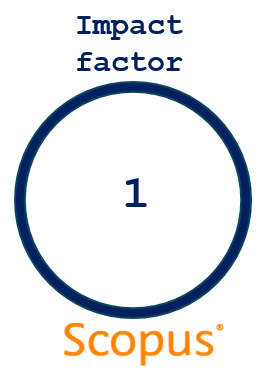ACTA Pharmaceutica Sciencia
2011 , Vol 53 , Num 1
PREPARATION, CHARACTERIZATION, IN VITRO AND IN VIVO EVALUATION OF TRANSDERMAL MATRIX FILMS OF CELECOXIB
Pharmaceutics Division, School of Pharmacy, Suresh Gyan Vihar University, Jaipur, Rajasthan, India.
Viewed :
18146
-
Downloaded :
5459
The matrix type transdermal drug delivery system of celecoxib were prepared by the film casting method and characterised by physicochemical, in vitro by drug release studies, skin permeation studies and in vivo studies. Eight formulations were developed, which differed in the ratio of matrix forming polymers (PVA and HPMC) individually or in combination. All the eight formulations carried 2% m/m of celecoxib, eucalyptus oil or isopropyl alcohol as a permeation enhancer (10% v/v), plasticiser (20% w/w of polymer). Cumulative amounts of the drug released in 12 h from the eight formulations were ranged from 96.40±0.04 to 99.68±0.05 %. In vitro drug release was found to follow zero order kinetics and Higuchi kinetics. The cumulative amounts of the permeated drug for developed formulation ranged from 87.18±0.09 to 96.01±0.05 %. On the basis of in vitro drug release and skin permeation study, formulation F1 was found to be better than the other seven formulations and it was selected to in vivo studies. Paw edema study was done in wistar rat, Maximum percentage inhibition was observed for oral and transdermal application as 59.14% and 89.96%, respectively. An inhibition in paw edema volume of 31.95% and 39.30% was observed on oral and transdermal application of drug in adjuvant arthritis, chronic model in wistar rat, as well.
Keywords :
TRANSDERMAL DRUG DELIVERY, MATRIX SYSTEM, CELECOXIB, IN VITRO DRUG RELEASE, IN VIVO STUDY





